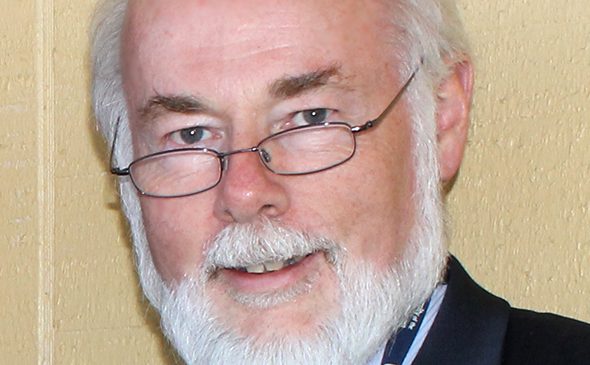Sol-Gel Processing of New Styryl-Substituted Cage Silses-Quioxanes: T8, T8 F, T10, T12 and an unprecedented T18 cage

Data: 30 de Novembro de 2023
Horário: 16h
Palestrante: Prof. Dr. John Bartlett (Western Sidney University)
Local: Anfiteatro “Prof. Milan Trsic” – Instituto de Química de São Carlos, Edifício Q1 – 2º. andar
Resumo:
“Among the family of well-defined silsesquioxane oligomers, the cage silsesquioxanes (also referred to as polyhedral oligomeric silsesquioxanes, POSS) have been widely studied, with a particular focus on the T8 cage.1 These have been described with various organic substituents at the silicon atoms (e.g. chloropropyl, vinyl, phenyl, etc.), with the reactivity of such compound being controlled by the organic moiety. However, few articles report the synthesis and characterization of larger cages, with the largest previously isolated and fully characterized being the T14 cage.2
This presentation will explore the synthesis of a new family of styryl-substituted cage silsesquioxanes. In contrast to previous report,3 the styryl group in these compounds is linked to the silicon atom via the phenylene group, with the free vinyl group being readily functionalizable by hydrosilylation, Heck’s, thiol-ene, or metathesis reactions. In addition to the more common T8, T8‑F, T10 and T12 cages,4,5 the isolation and characterisation of an unprecedented T18 cage silsesquioxane as a pure product is also described.6 The structures and properties of the compounds were established by single crystal X-ray crystallography (Tn, n<12), multinuclear NMR, mass spectrometry, etc, and the structure of the T18 cage was determined from 29Si data using a ring-strain model.6
The T8, T8‑F and T10 compounds were subsequently functionalised via thiol-ene Click reactions to introduce hydrolysable thiopropyltriethoxysilane moieties on each of the styryl arms attached to the POSS core. Following addition of aqueous HCl to the precursors, monolithic gels were rapidly formed in which the POSS cages remained intact within the hybrid networks, with no Si-C cleavage being observed. To the best of our knowledge, this is the first report of the incorporation of T8‑F and T10 cages in such gels.
References
- Cordes D. B., Lickiss P. D., Rataboul F. (2010) Chem. Rev. 110: 2081–2173.
- Agaskar P. A., Klemperer W. G. (1995) Inorganica Chim. Acta 229: 355–364.
- Hwan Jung J., Furgal J. C., Goodson T., Mizumo T., Schwartz M., Chou K., Vonet J.-F. F., Laine R. M. (2012) Chem. Mater. 24: 1883–1895.
- Laird M., Van Der Lee A., Dumitrescu D. G., Carcel C., Ouali A., Bartlett J. R., Unno M., Wong Chi Man M. (2020) Organometallics 39: 1896-1906.
- Laird, M., Totée, C., Gaveau, P., Silly, G., Van der Lee, A., Carcel, C., Unno, M., Bartlett, J.R., Wong Chi Man, M. (2021) Dalton Trans., 50: 81-89.
- Laird M., Herrmann N., Ramsahye N., Totée C., Carcel C., Unno M., Bartlett J. R., Wong Chi Man M. (2021) Angew. Chemie – Int. Ed. 60: 3022-3027.”




